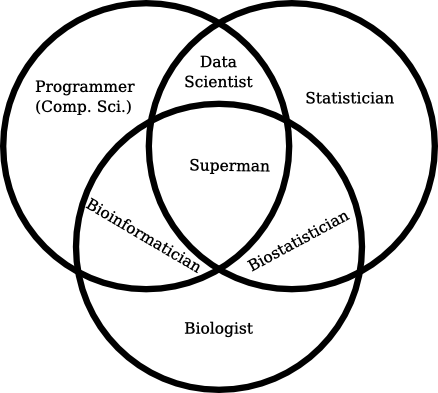This is a topic I’ve had to think an awful lot about over the past year, so it’s fitting that it becomes my first real post on the blog. Whether you want it or not, starting a company forces you to do some self reflection. Becoming a Chief Executive Officer forces you to constantly ask yourself if you could be doing things better.
If you had asked me what a C.E.O. does at the start of my career, I would have told you that they are in charge of making the decisions, obviously, and that the responsibility for those decisions rests on their shoulders. Clearly that’s why the word “executive” is in their title.
A decade of management experience has completely changed my way of thinking about management, however. In every role I’ve undertaken, I’ve treated management as an exercise in communication and support. It was my job to communicate upper management’s priorities to my team and to ensure they have the resources to do their job the best they could, while simultaneously communicating my team’s challenges and concerns to upper management.
While the responsibility for the company rests on the C.E.O.’s shoulders, it turns out the job isn’t just about making decisions. It’s about communication. Communicating internally within the company, as well as communicating outward from the company. I’ve spent most of the past year simply developing the company’s vision (which is the decision making process) but critically, those decisions then had to be communicated it to everyone.
To the company, that communication comes in great detail about what order we need to tackle which task, about how to organize our documents, or just to ensure that we’re all still enthusiastic about the project. Some days, you have to become very granular and ensure that you’re communicating the mechanics of the software design through pull requests and code reviews, but the actual work I’m doing is nearly always communication. Teaching, pointing the path, or just listening, but always communication.
To investors, I have to communicate on a different level, speaking about our plans and timelines, about the value of the project and the outcomes we expect. It means communicating the enthusiasm of the whole company to the people who might consider funding our work – and remembering to learning from their experience.
It’s as important to communicate who we are and what we’re doing externally, as it is to communicate how and when we’re doing things internally – and to hear the responses of those to whom it’s being communicated.
While I’m not a huge fan of internet personalities, I think Simon Sinek captured it perfectly in one of his internet rants about why Chief Executive Officer is the wrong title. Calling it a Chief Vision Officer sums up the job much more efficiently. At the end of the day, what I’m communicating is the company vision, no matter how granular or high-level it may be.
While I don’t think the world is yet ready to embrace that particular change of title, I will say that it has become an integral part of how I view my job, which has helped me a lot in this journey. When you realize it’s your job to knock on doors to tell people the company’s story, rather than to just make the decisions about what you want that story to be, there’s a moment of clarity about how you need to move forward.
In a round about way, that brings me to one last point. This blog is also about communication – giving people a chance to come along on our journey, and in order to make it worthwhile, I’d like to invite people to communicate with me as well. If you have questions you want me to answer about startups, or our journey, let me know. I’ll do my best to answer. As I said from the start, communication is the key to making all of this work.



